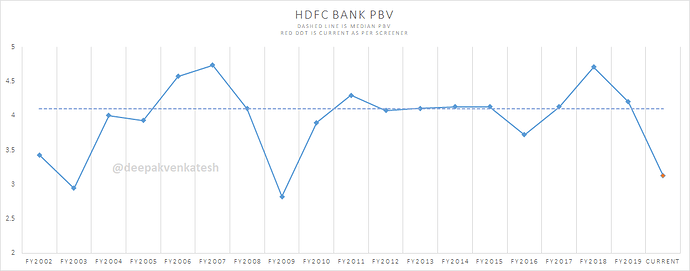Liked this interview - https://economictimes.indiatimes.com/markets/expert-view/how-the-hell-it-took-so-long-for-this-unravelling-to-happen-in-yes-bank-saurabh-mukherjea/articleshow/74506330.cms
"If you look at countries like Japan and Korea, once they were done with their formalisation phase – in Japan’s case it sort of took between 1950 and 1990 while Korea’s economy formalised roughly between 1970 and 2000 – you will have no more than 15 companies accounting for three quarters of the country’s PAT. We are nowhere near that as yet. In the next 10 years, we will polarise this economy in a way I do not think anybody in our country fully understands.
People expect that as they grow money, they will be spread it all around, there will be prosperity all around, that is not how free markets work. Just as in the case of the banking sector, a titan like HDFC Bank – a high quality lender – has only 6% market share. That makes no sense at all. A decade hence, even if HDFC Bank’s market share is a mere 12%, this bank will be worth closer to $700-800 billion. So that is what polarisation means. You cannot have a champion like HDFC Bank with just 6% market share. This 6% goes to double in 10 years and HDFC Bank shareholders, therefore, make money. Ditto with Kotak Bank. I suspect that is what polarisation means.
People are getting worried about polarisation. A decade hence, I suspect 20 companies will account for three quarters of the profit generated in India. That is why your and my job should be to push investors so that they can make money from this process of formalisation, from the process of concentrating profits in the hands of a small set of really high quality companies."

